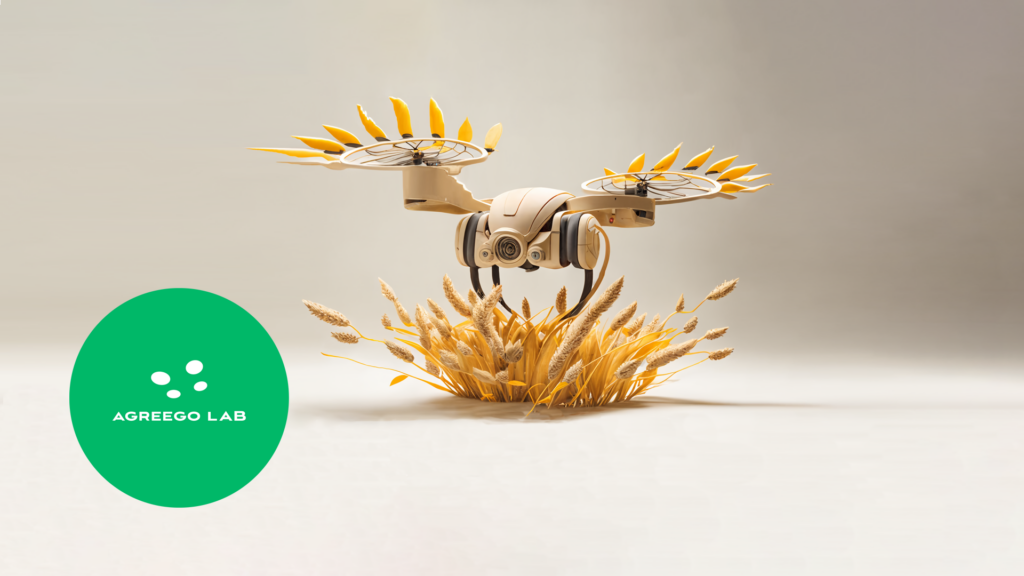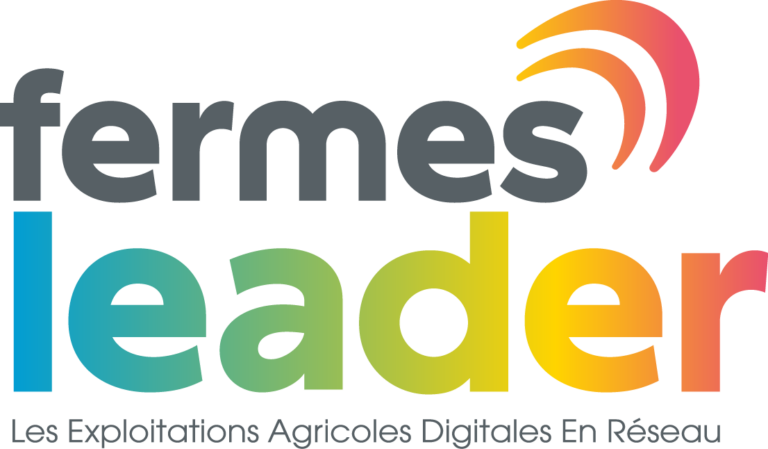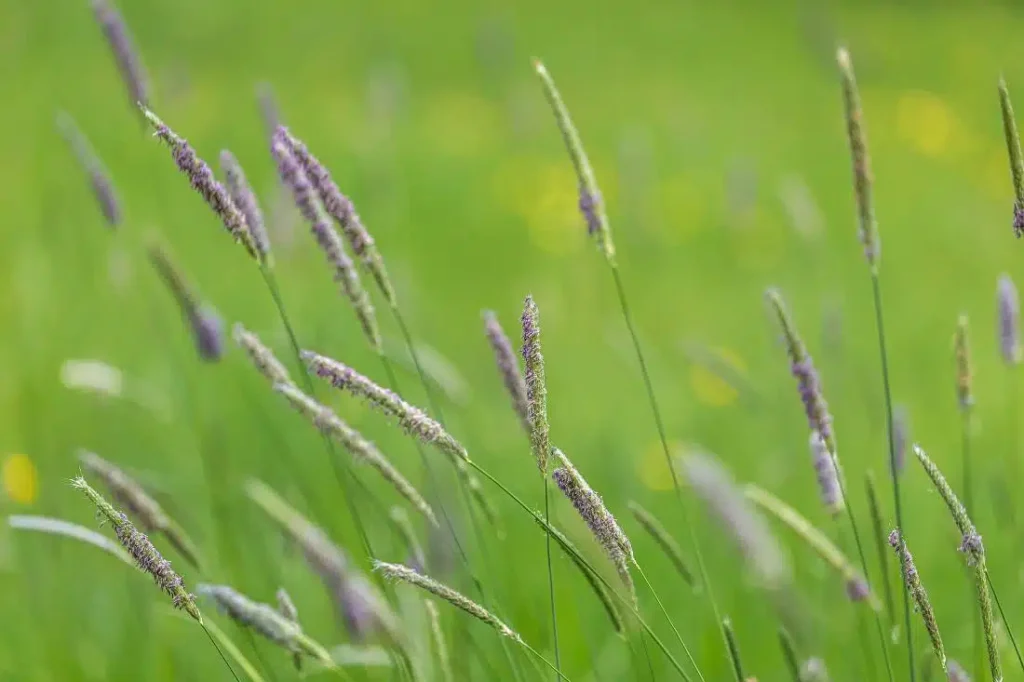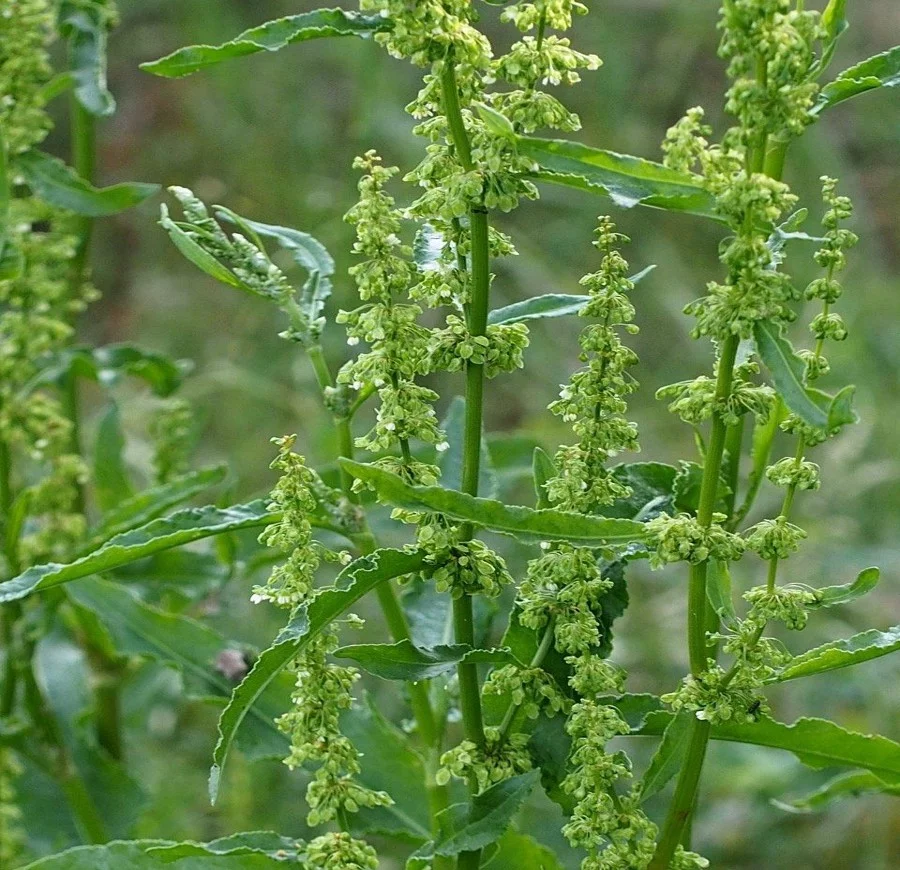
Choose Agreego for Weed Detection: Protect Your Crop Yield and Save on Inputs
WEEDS: UP TO 50% LOSS IN REVENUE
Weeds: The Leading Cause of Yield Loss on Farms
According to the Food and Agriculture Organization of the United Nations, weeds, or competing plants to commercial crops, are THE major issue for farmers. Globally, weeds account for $95 billion in food production losses, compared to $85 billion for pathogens, $46 billion for insects, and $2.4 billion for vertebrates.
Weed control, a major economic challenge awaiting technical solutions
Strong government pressure to reduce phytosanitary inputs
The Ecophyto plan, a response to the European directive 2009/128/EC, aims to reduce the use of phytosanitary products by 50% by 2025
Increasing Resistance to Herbicides
For A joint observation conducted in 47 countries has identified over 249 biotypes of weeds resistant to herbicides, a number that grows each year as new cases of resistance are reported. Certain management practices increase the likelihood of weeds developing resistance. Cross-resistances are becoming more common, and uniform field-wide treatments are no longer economically, functionally, or environmentally sustainable.

The Swiss Institute Agroscope, as part of a herbicide resistance monitoring program established in 2011, recorded 73% of species resistant to herbicides among the 179 populations s
Why Use Drone-Assisted Precision Agriculture in the Fight Against Weeds?
5 BENEFITS OF WEED DETECTION BY DRONE
Quick Diagnosis Anytime
Weed detection by drone is extremely fast: up to 160 hectares per day.
Diagnosis is carried out at any of any stage of crop maturity.
The diagnosis can be conducted at any stage of crop maturity, allowing for precise observation of weeds and faster application of treatments. Early outbreaks are quickly controlled, and the spread of weeds is halted from the start through drone surveillance and identification.
Savings on Phytosanitary Inputs
Apply the right dose, in the right place, at the right time, and achieve up to 80% savings thanks to intra-plot modulation of phytosanitary product volumes. Weeds are precisely geolocated, and the weed map is integrated into your equipment. If you’re using a mechanical weeding tool, save up to 100% on phytopharmaceutical inputs by optimizing your time. Go straight to the target with precise geolocation of weeds!
Optimal Treatment Planning
Benefit from results that detail the type, quantity, and percentage of weed species, allowing you to precisely plan your treatment orders. Using the BBCH scale, which identifies the phenological development stage of weeds, you can easily determine the correct dosages and the ideal timing for applying phytosanitary products
Surgical Precision of Treatments
Thanks to the precision of our aerial image analysis algorithms, the quality of phytosanitary inputs or biocontrol solutions can be tailored to each detected weed species. In addition to quantitative modulation, the treatments are also qualitatively adjusted. This allows for species-specific treatments, enhancing weed control performance. This is especially useful when targeting species with simple, non-cross resistances, ensuring the correct product is chosen for maximum efficiency
Reduction in IFT
Weed detection by drone automatically leads to a reduction in the use of PPPs (phytopharmaceutical products). Agreego advocates for this diagnostic method to help streamline the reporting of your IFT (Phytosanitary Treatment Frequency Index)
WEED DETECTION BY DRONE WITH AGREEGO


Discover How Weed Detection Works with Agreego
On June 13 and 14, 2023, we tested weed detection with Fermes Leader.
In partnership with Fermes Leader, we are testing our solutions to validate their performance and improve our practices through comparative trials:
Two passes were conducted: the first post-emergence and the second before row closure and the application of the last herbicides, on the following spring crops: soybeans, sunflowers, grain corn, flax, potatoes, sugar beets, spring barley, and in winter crops: soft wheat.
Agreego invests in research and development to effectively meet the needs of farmers and winemakers.



